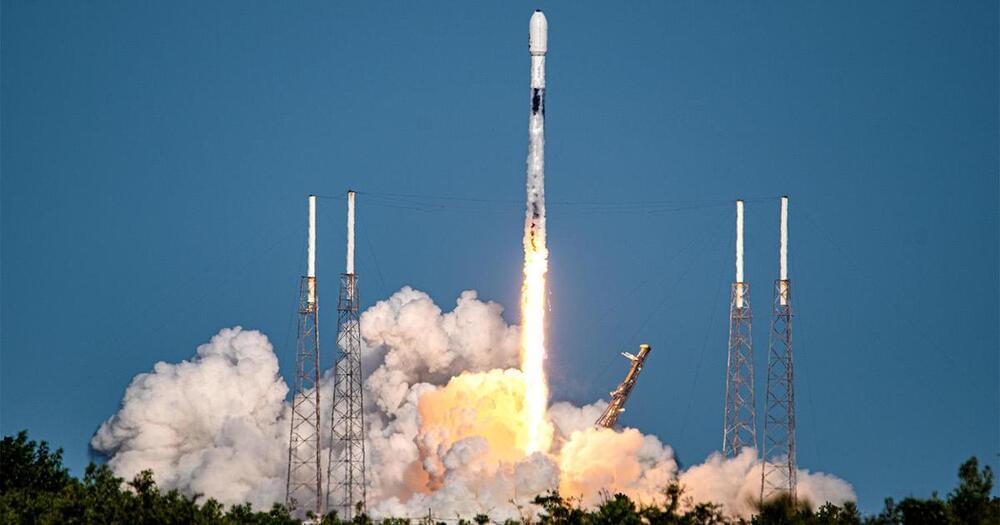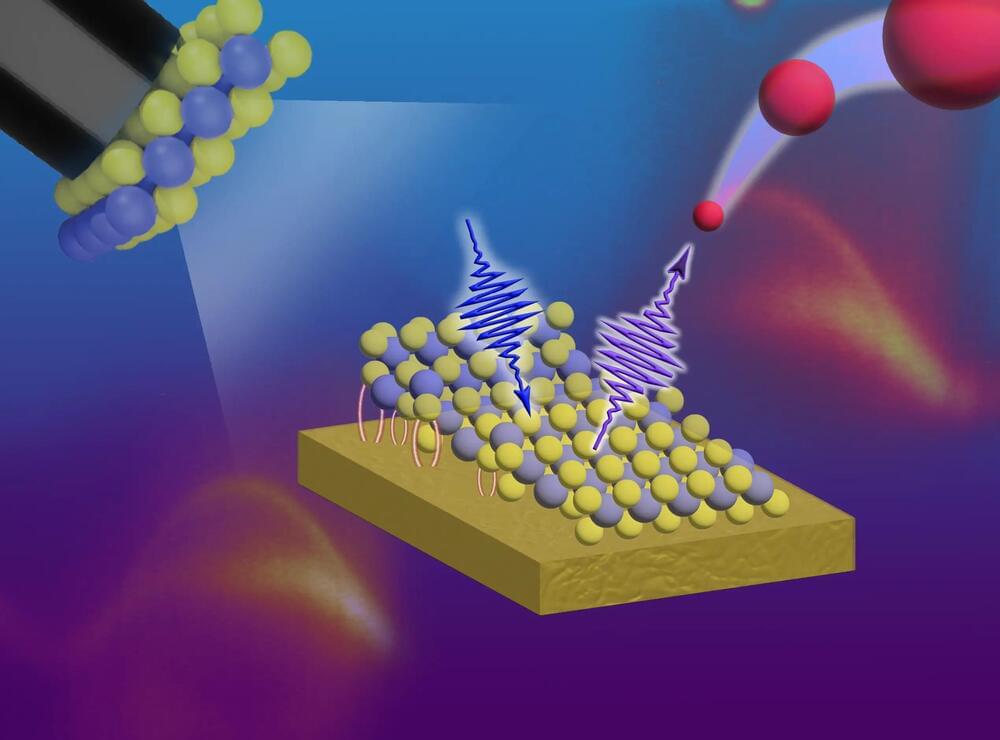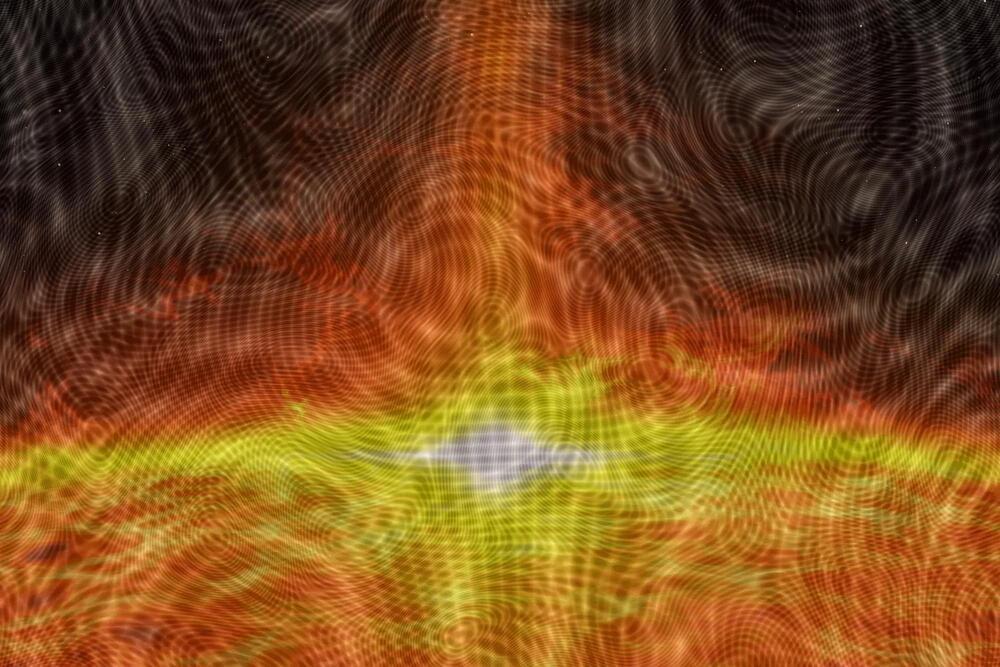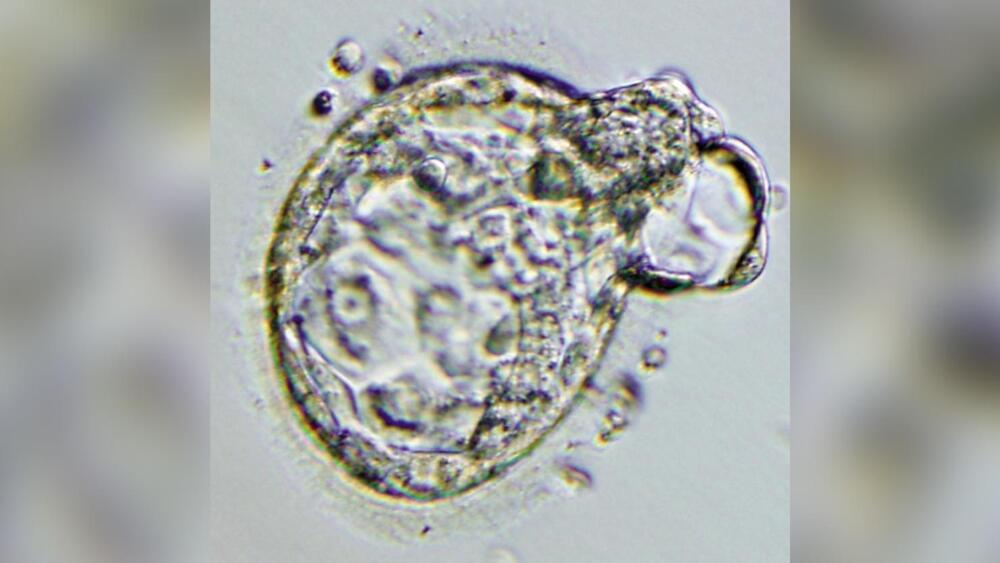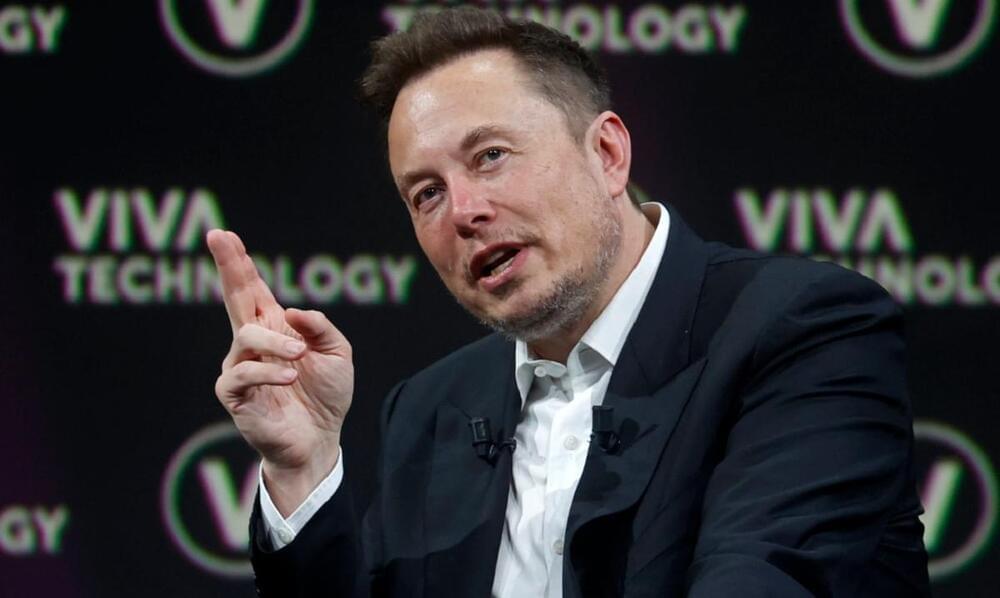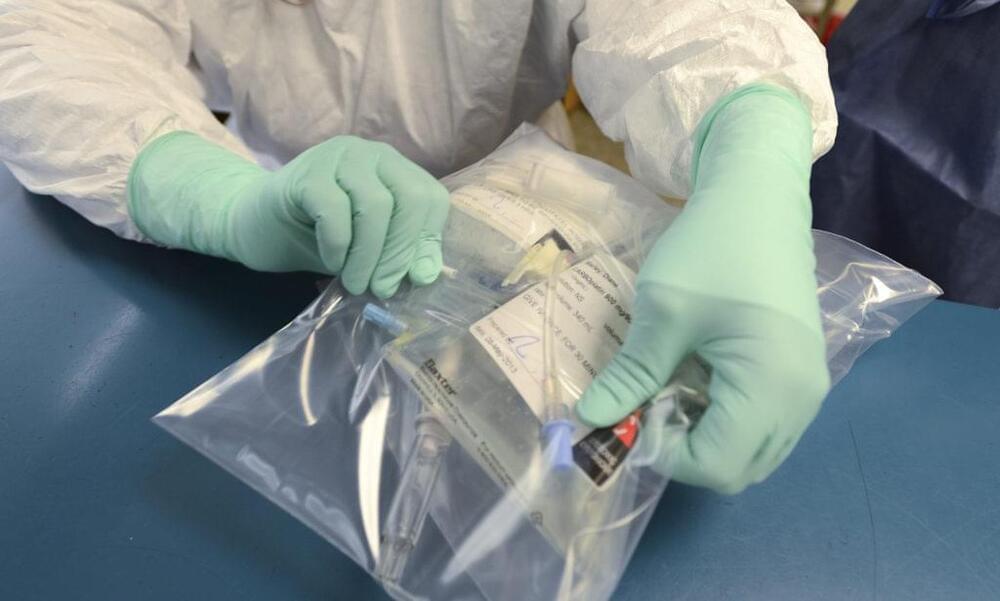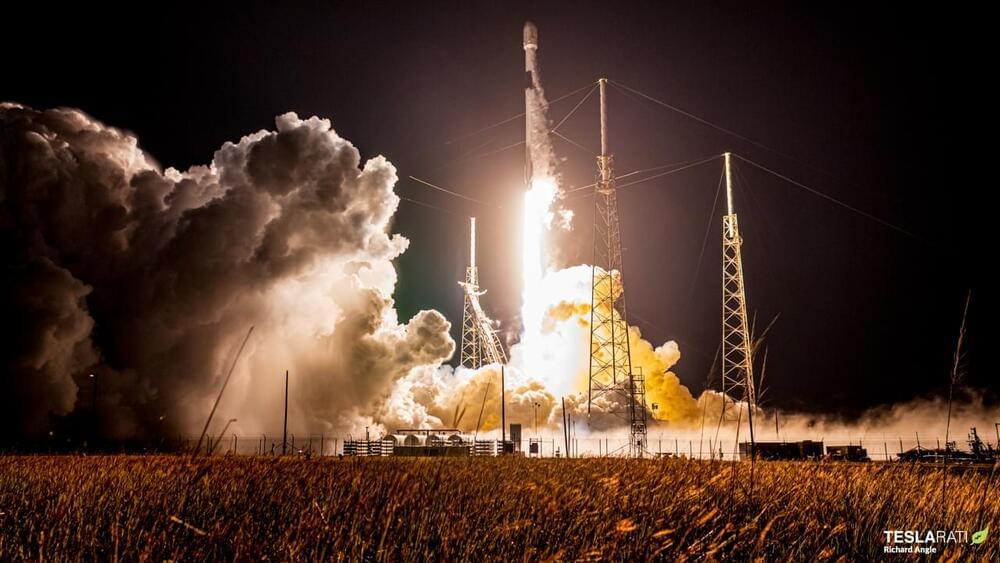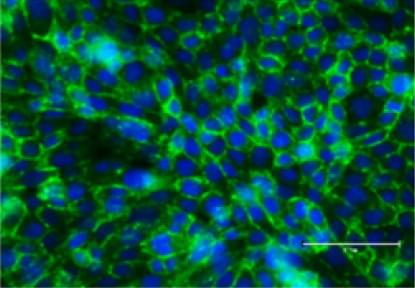Nima Majlesi, director of Medical Toxicology at Staten Island University Hospital, also not part of the research, said the new study is “fascinating, and the more research that can be done on neurodegenerative diseases such as [Alzheimer’s disease], the more answers that can then be obtained for the betterment of everyone’s health.”
“There has never been any doubt that excessive alcohol use and recurrent intoxication [are] unhealthy in the medical community. There has occasionally been some doubt on whether a small amount of alcohol use daily can have health benefits. Even in patients not at risk for [Alzheimer’s disease], excessive alcohol use and recurrent intoxication [have] many detrimental effects on human health.” — Dr. Nima Majlesi
However, Dr. Majlesi cautioned that “in this study, they exposed mice to ethanol vapors, which is not the typical route for human consumption.”

